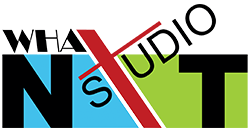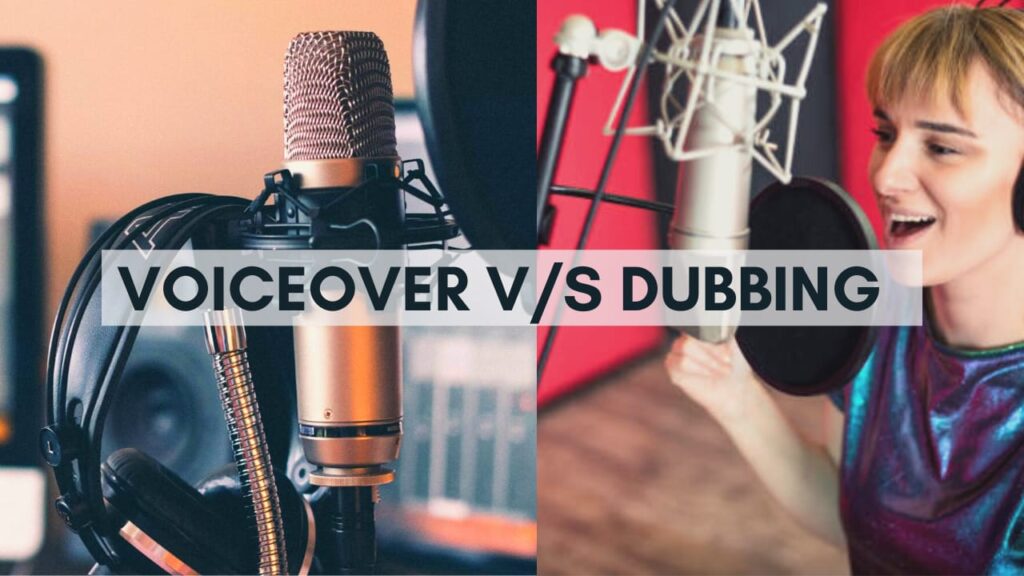Voiceover and Dubbing
Voiceover and Dubbing are both confused and usually mixed. Both are popular audiovisual techniques and have been used for decades to deliver a verbal message in a specified language however they are not the same nor are they used for the same motive.
Voice-over –It is a production technique in which voice is recorded from an outside perspective, often serving the purpose of narrating a story or explaining information. The script is translated and recorded by a voice-over artist or a narrator who does not himself appear on-screen and it is used in television, filmmaking, theatre, radio, and other presentations.
Dubbing – It is a post-production process where the original language of recording is swapped with audio in a different language and is then mixed with the audio of the media to make it sound as natural as possible. Dubbing, also known as Language Replacement, and it creates the illusion that the actors on screen speak the native tongue of the viewers. Well-dubbed audio takes expertise, sounds natural, and the result is unnoticeable to the viewer.
Voice-over vs. Dubbing
Most people often mistake one for the other or think voice over is the same as dubbing. If you’re reading this and you are not sure what the difference is. So you are at a right place.
Both dubbing and voice-over are techniques for recording a message for a new audience or market however they are very different.
Voice-over is narrative by nature and lacks the emotion and tonality of the original audio whereas dubbing is much more precise as it maintains the tonal, emotive, and technical richness of the original soundtrack.So, voice-over is noticeable to the audience, dubbing is not. .
An off-screen Voice-over aims to replace the original dialogue while dubbing aims to fully replace the original dialogue. The audio is matched with the lip movements of the actors on-screen, making it more accurate than a voiceover.
Dubbing is more creative and adaptable to new audiences, while voice-over is more loyal to the source content
No matter the differences, both voiceover and dubbing are highly appreciated and utilized tools and there will always be a need for them.
Conclusion
Voice-over and dubbing are powerful tools that can unleash the potential of your media content such as audio, video, e-learning and interactive materials, and others for the entire world to see and hear and can be the best choice for a great deal of educational content and advertising.


